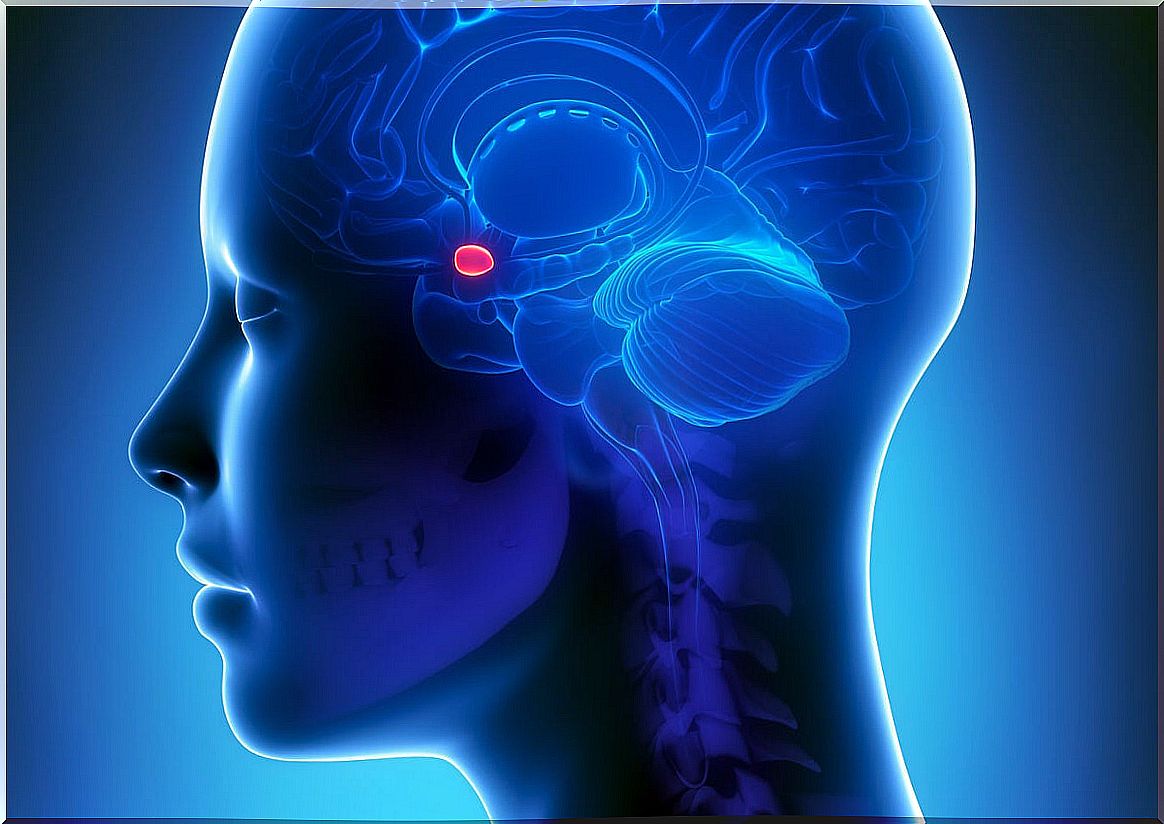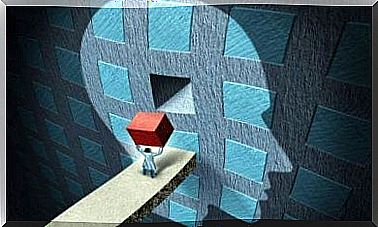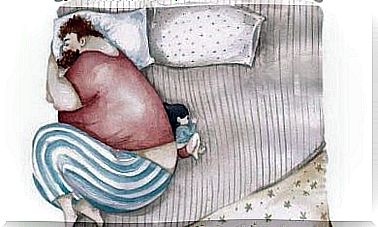Positive Punishment And Negative Punishment: How Are They Different And How Do They Work?

Positive punishment and negative punishment: do you know exactly what these two learning procedures consist of? Do you know how they differ? What are they used for? In this article we will describe what the punishment procedure entails and what is required to make it effective.
In addition, we will explain the differences between both methods, examples of them and how each of them is applied. As we will see, they are methods that are usually applied in childhood and in neurodevelopmental disorders. They can be applied both by parents and by educators, teachers and psychologists. Of course, it is convenient to know them well so that they are effective and, above all, not harmful to the child.

Positive punishment and negative punishment: how are they different and how do they work?
Punishment is a learning procedure or a behavior modification technique that consists of administering an aversive stimulus contingent on the person’s response. For punishment to be effective, it must be immediate, intense, sudden, not gradual, and inescapable.
How are positive punishment and negative punishment different? Basically in that the positive implies the appearance of a stimulus (aversive) and the negative implies the withdrawal or disappearance of a stimulus (this stimulus being positive or pleasant).
Both procedures have the same function: to decrease the future probability of response, that is, to reduce or eliminate a certain behavior, normally inappropriate. They are used to reduce children’s tantrums, yelling, bad behavior, swearing, failure to do homework, disobedience, etc.
Some examples
For example, in a child who bites his nails, a positive punishment would be to put an unpleasant substance on them, favoring the extinction of the behavior.
Instead, an example of negative punishment would be to withdraw the privilege of watching TV for X days from a child who has not done homework. In this case, the stimulus (tele) must be pleasant or desired for the child for the punishment to be really effective.
Positive punishment
Positive punishment, as we have said, implies the appearance of an aversive or unwanted stimulus for the child. In this case, positive indicates “the appearance of”. Positive punishment can be used with multiple types of stimuli, actions, or objects.
It should be said that although it is a widely used technique, many educational experts do not recommend it because it does not offer any learning for the child of alternative behaviors or appropriate behaviors, as they do offer other behavior modification techniques (for example, overcorrection).
Negative punishment
In this case, negative indicates “withdrawal” or “disappearance of”. As in the previous case, the stimuli that we can use are very diverse: activities, objects, food, actions, food… Everything will depend on the value attributed by the person to whom we want to apply negative punishment.
Negative punishment is the same as the cost (or cost) of responding (for example, withdrawing someone’s license points for having drunk driving). As we can see, punishments can also be applied to adults without disabilities.
Who is it usually used with?
Positive punishment and negative punishment are two processes that are usually used especially in the field of education and, more specifically, in special education. Thus, they are used above all with children, with children and adults with intellectual disabilities, with people with autism with some neurodevelopmental disorder, etc.
Logically, depending on the age and characteristics of the person, we must adapt each of these procedures so as not to lose their effectiveness. In addition, in adults these procedures can also be used in some cases.
On the other hand, and more specifically, behavior modification procedures are part of ABA therapy ( Applied Behavior Analysis ) or ACA therapy (Applied Behavior Analysis), a type of intervention designed by the clinical psychologist Igor Lovaas (1927- 2010). However, Lovaas mostly used positive reinforcement rather than punishment in his programs.
Punishment curiosities
An investigation, carried out by scientists from Harvard University (USA) and published in the journal Nature Neuroscience , focused on the study of the brain mechanisms that influenced when choosing the severity of a punishment.
Among its conclusions, the following stands out: “ the intentional manipulation of language to expose an event in a more gruesome way or expose clear images of an event led to the imposition of a more severe punishment if the participant in question thought or believed that the incident had been wrong. intentional “.
In addition, the researchers found that the amygdala, a structure involved in the processing of fear, anger and emotions, was activated when the participants viewed images with great cruelty. Interestingly, this effect was only seen in the brain scans of the participants who knew that there was an intention behind the act.

Beyond positive and negative punishment
As we can see, positive punishment and negative punishment are procedures that have the same function, but differ in the presentation or withdrawal of the stimulus in question (in addition, the stimulus also varies, being positive or negative depending on the case).
Beyond these techniques, there are others considered more useful and beneficial for the child’s learning and development; in fact, punishment is becoming increasingly obsolete because of the growing advocacy of increasingly respectful parenting.
In addition, it is not only important to teach the child what is not okay to do, but what to do instead! (Alternative behaviors). These techniques that we talk about include: positive reinforcement, overcorrection, differential reinforcement of alternative behaviors, etc.









